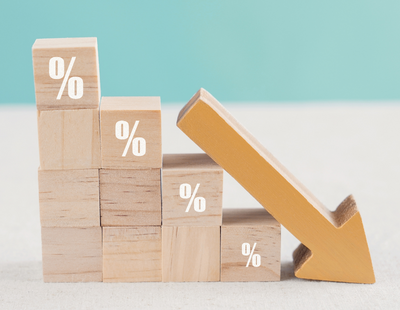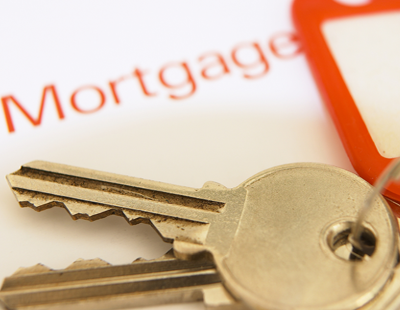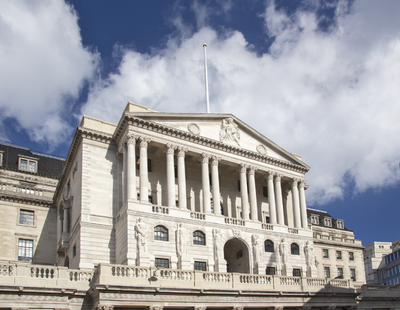Interest rates may be on the way up right now following the latest Bank of England decision but there’s good news from wealth management firm Quilter.
It predicts that monthly mortgage payments could fall by around 25 per cent by the end of the year.
The latest government house price index data shows that in November 2022, the average UK property cost £294,910. During the same period, mortgage rates peaked at around 6.0 per cent in the aftermath of the mini-budget.
Those who purchased a property at this price and mortgage rate with a term of 25 years and an 80 per cent loan to value ratio will be facing a monthly mortgage payment of £1,520. This is a huge 66 per cent increase on the £918 monthly mortgage payment for the equivalent property and mortgage deal a year earlier when interest rates were just 2.0 per cent and house prices were 10.3 per cent lower.
Looking ahead to the equivalent in November 2023, should house prices fall by eight per cent as Halifax recently predicted and mortgage rates continue on their current downward trend to around 4.0 per cent, the average UK house price could dip to £271,317 with monthly payments falling by 25 per cent compared to a year earlier to £1,145.
While various factors will impact the exact amount that mortgage payments will fall by, including the loan to value level, the cost of the property, and the mortgage term length, owners - whether landlords or owner occupiers - could see a significant dip in monthly costs across the board by the end of the year should mortgage rates fall.
Mortgage rates have seen a slight decline since the highs of 6.0 per cent towards the end of last year, and they now sit around 4.55 per cent on average. Someone purchasing the current average UK house – which costs £294,910 according to the latest government house price index data – with an 80 per cent loan to value and a 4.55 per cent mortgage rate on a 25-year mortgage term, could expect their monthly mortgage payments to cost £1,319.
This is 13 per cent less a month than the equivalent with a 6.0 per cent interest rate.
Karen Noye, mortgage expert at Quilter says: “On a regional basis, some have been hit much harder by rising house prices and subsequent mortgage costs than others. The North West of England has seen the most significant rise in monthly payments, while those in London have seen the smallest rise in terms of percentage increase, but are still left paying huge mortgage bills as the costs were already so high.
“However, there is no guarantee that the changes in the housing market will materialise in the way that has been predicted. Inflation is still incredibly high and people’s buying power has taken a real hit as a result, particularly with rising energy bills, but thankfully we look to now be moving past the peak.
“Lower inflation should mean interest rates stabilise and even start to drop with mortgage rates following suit. This could result in mortgage rates dropping to 4.0 per cent by the end of the year and potentially even lower in the future which will have a real impact on monthly mortgage costs, particularly for those on variable rate mortgages, and could see more people considering buying a new home as the prospect becomes more affordable.
“The last few years have shown just how unpredictable the housing market really is, but with hope we are now out the other side of what has been a hugely turbulent few years and we will gradually see a levelling out in terms of rising costs.”








.jpg)






%20-%20IMAGE%20Client%20Accounting%20%E2%80%93%20what%20are%20your%20options.jpg)





Join the conversation
Be the first to comment (please use the comment box below)
Please login to comment